Description
The Mooer MPH1 Ninety Orange Analog Phaser Pedal is in New condition and made by Mooer Audio , it is just a great Orange Ninety MPH1 Mooer Pedals Effects Guitar Guitars Electric Guitar Effect Pedal Guitar Effect Pedal- The Mooer MPH1 Ninety Orange Analog Phaser Pedal is a fantastic addition to any guitarist’s pedalboard. This pedal boasts a ’90s phase sound that is sure to capture the essence of classic rock tunes from the era. The MPH1 is a recreation of the ‘classic orange stompbox’ and features vintage and modern effects. With a 470k ohm input impedance and 10k ohm output impedance, this pedal is designed to deliver high-quality tone with minimal noise interference. Its compact size means it won’t take up much space on your pedalboard, making it ideal for guitarists who are always on the move. One of the highlights of the Mooer MPH1 is its ability to produce warm and lush tones that are reminiscent of classic phaser pedals. The vintage mode mimics the sound of the original, while the modern mode produces more modern and contemporary sonics. With its low weight of 160g, this pedal is easy to carry around and perfect for gigs and rehearsals. This pedal is an excellent option for guitarists looking to add some classic phaser sounds to their music. . Available from Just Pedals for only £ 50 + delivery. Read More for details, demos & to order securely online.
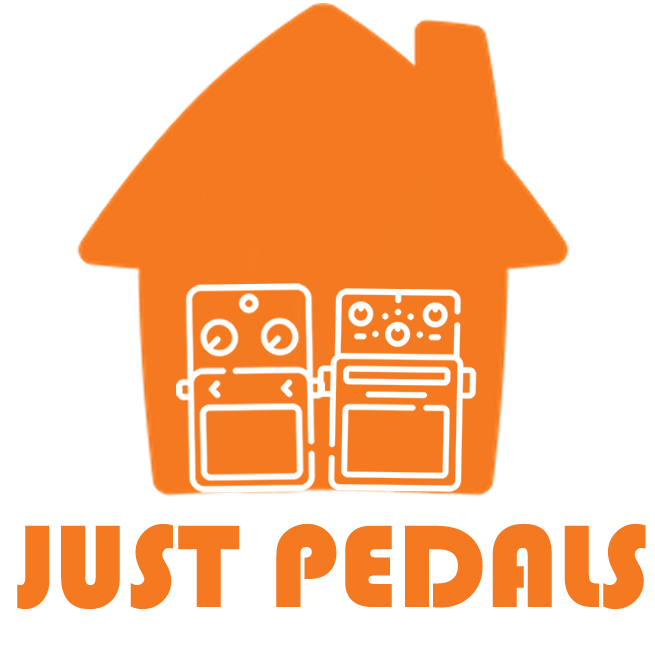

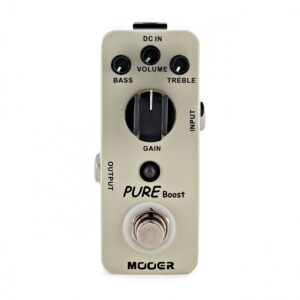
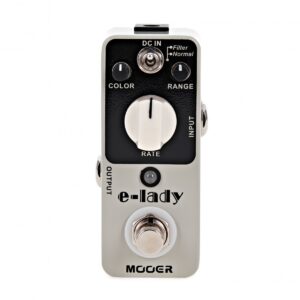
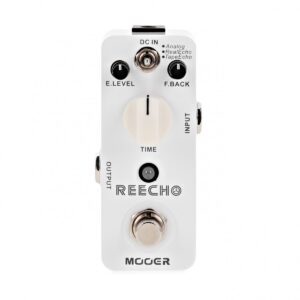
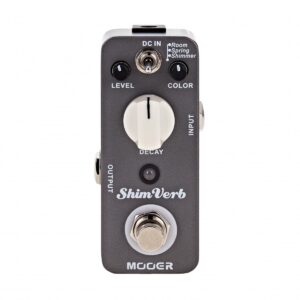
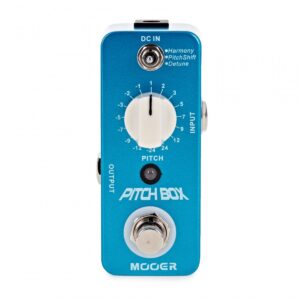
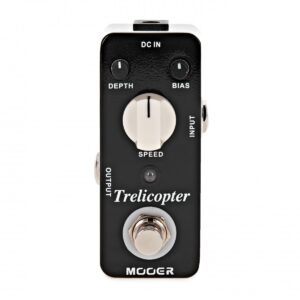
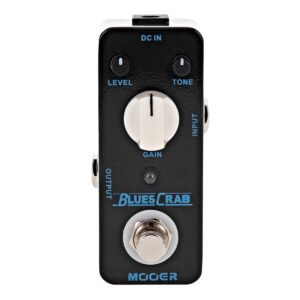
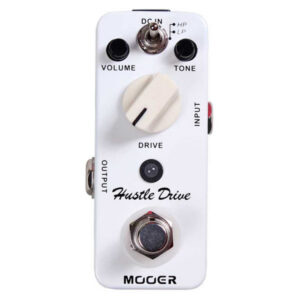


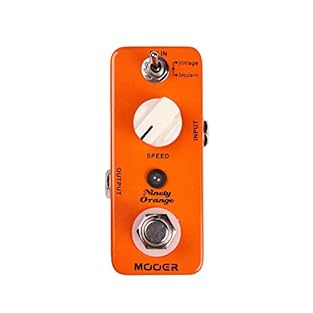
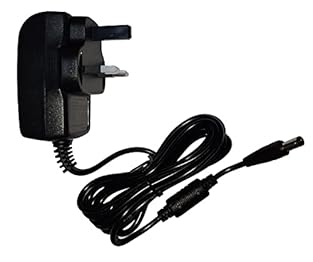



Reviews
There are no reviews yet.